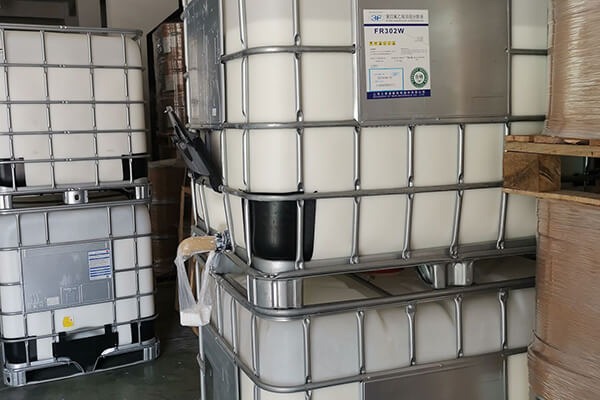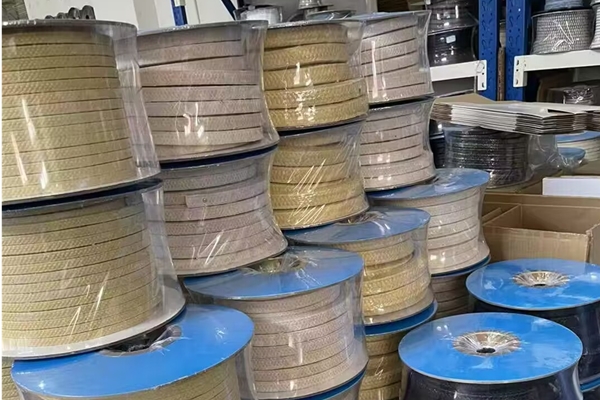Humans have used fire to melt and heat-treat metals for thousands of years. In order to ensure the safety of working with fire, in order to melt and process metals (bronze, iron), special refractory materials are required to handle liquid or hot metals.
In order to meet the needs of a wide range of applications, a large number of special-shaped and dense materials (refractory bricks, clinker), special-shaped thermal insulation materials (light refractory bricks) and non-shaped refractory materials (heavy and light ramming mixtures) have been developed for special high-temperature applications. ).
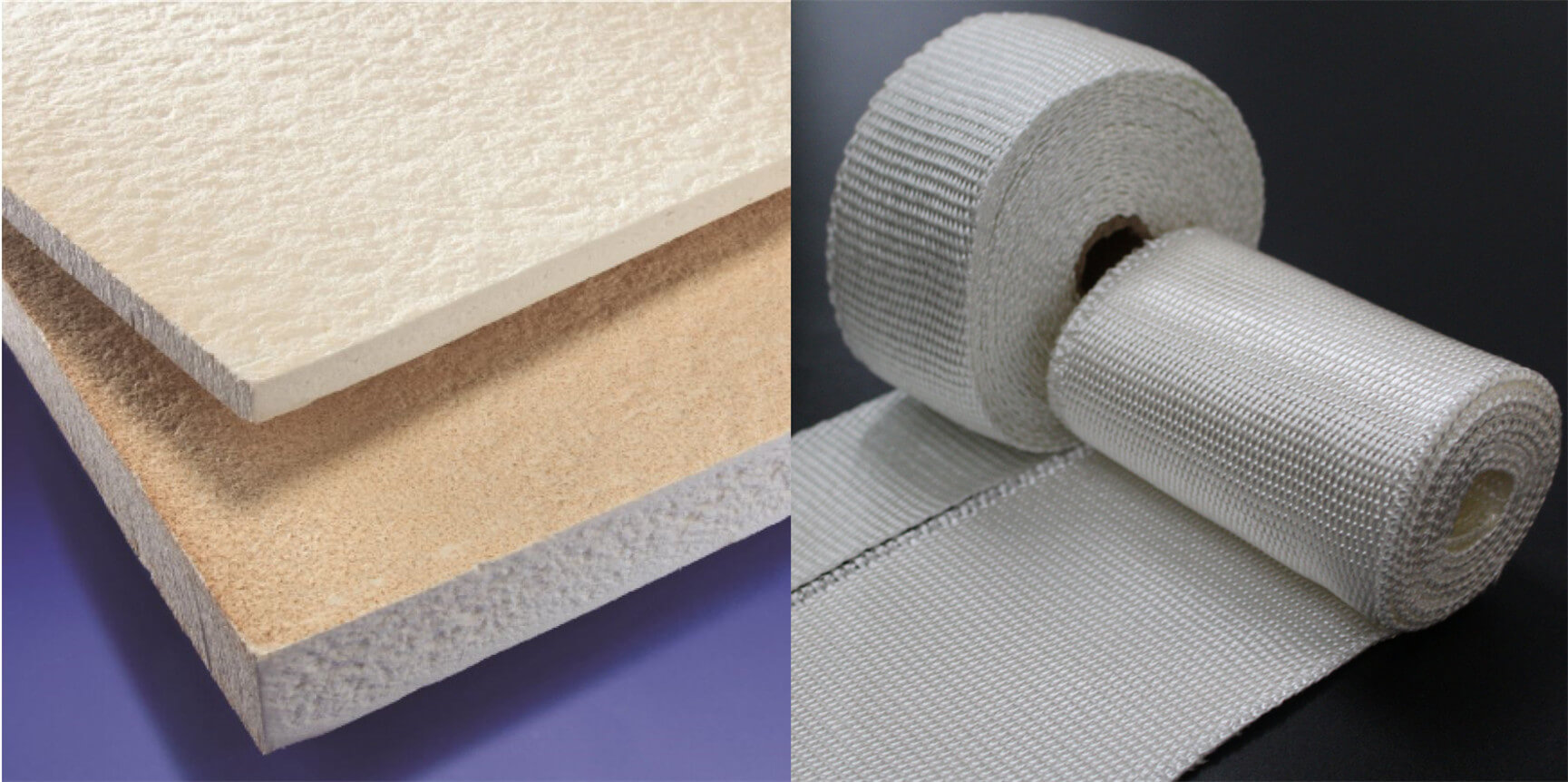
However, other man-made materials like glass wool and rock wool have been used for thermal insulation for decades (up to about 500°C at low temperatures).
In the 1960s, “refractory ceramic fiber” based on aluminosilicate was launched in the European market. Due to its high-temperature resistance and good technical performance (ie, good thermal shock resistance and low thermal conductivity), it soon became reference material for industrial high temperature insulation.
Due to the development of new materials, Germany redefines the term high temperature insulation cotton in the late 1990s. (VDI 3469. [1]). Ceramic fibers are still widely used in today’s chemistry and engineering, but they are inaccurate when considering available materials, their specific properties and limitations. HTIW heat insulation technology makes the structure of industrial furnaces and other technical equipment (heating systems, automobiles) lighter, resulting in many economic and ecological benefits. As a result, the wall thickness becomes smaller and the quality of the lining is greatly reduced.
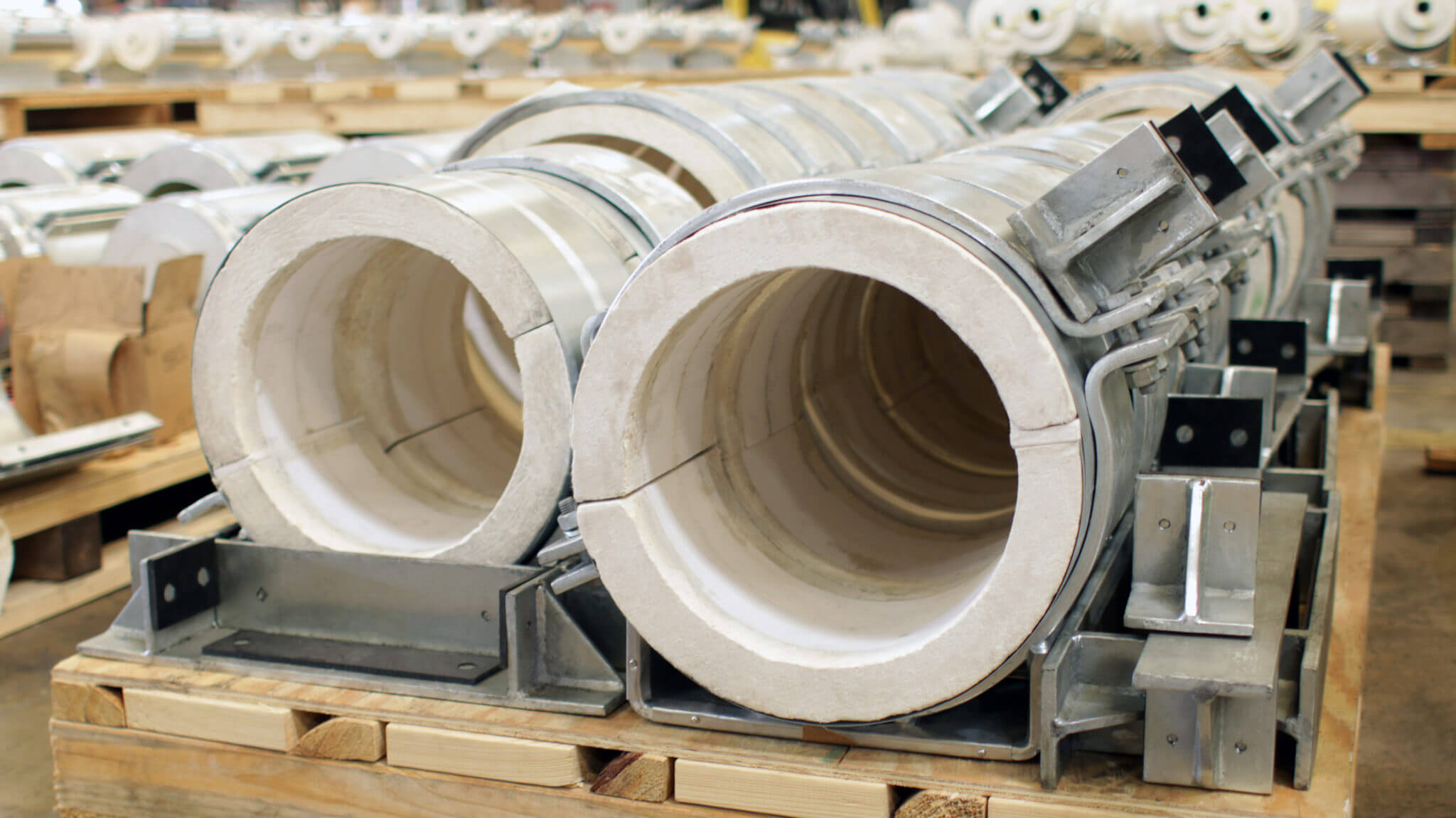
Comparison of the quality of different wall linings
- Heavyweight lining: 1500-3500 kg/m³,
- Lightweight lining: 500-1000kg/m³,
- Inner lining HTIW: 160-300kg/m³.
1. Ceramic-impregnated fabric
Ceramic impregnated fabrics are fabrics impregnated with ceramics. Nano-bioceramics can be integrated into polymers made into fabrics. Add bioceramic nanoparticles to the polymer. Thermally induced photoluminescence occurs in certain ceramics, emitting light in the far-infrared (FIR) region of the electromagnetic spectrum. When the fabric embedded in the bioceramic is in contact with the heat of the human body, its thermoluminescence is enhanced. Bioceramics have a high reflection coefficient for infrared radiation.
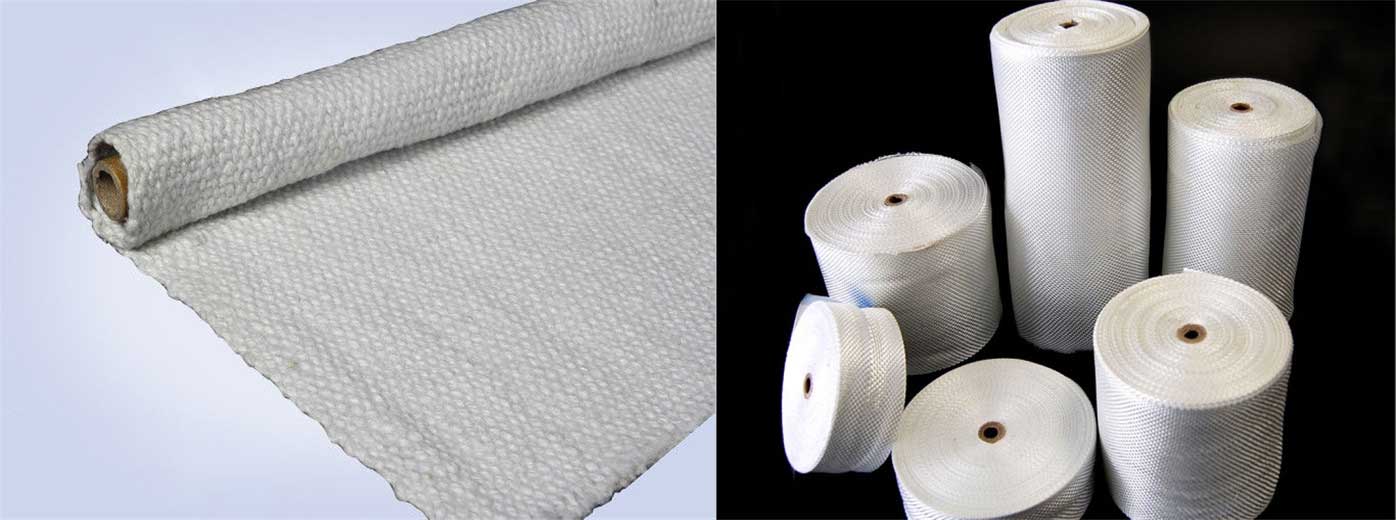
1.1 Production method
One method of impregnating ceramics in fabrics is the electrophoretic deposition process or EPD in the industry. In this process, nano-ceramic particles are put into the solution, and the infiltrated fabric is put into the solution. The solution is then heated to a high temperature and the fabric is put into the solution. Next, the current is passed through, the nano-ceramic particles are coated and the fabric is impregnated. The pH value, time and current will affect the permeability and coating of the fabric. Other processing methods can be further broken down into which particles to add.
There are two different groups:
- SiC group (contains silicon, carbon and additives used in the oxidation process)
When impregnating ceramics with this group, the fabric must first be treated. This is usually pyrolytic carbon or boron nitride, deposited using chemical vapour infiltration (CVI). Next, use the same method to deposit a layer of SiC on the fabric. After this step, the matrix of the fabric is infiltrated with a slurry composed of SiC particles. This slurry can be put into the polymer or into the molten SiC. This process covers the entire textile.
- Oxidation groups
Commonly used oxides are alumina, silica, mullite and rare-earth phosphate. The process of impregnation is simple: prepare a slurry with the required oxide and put the textile into it. Similarly, the mud can be in a molten state or in a polymer state.
There are some differences between these groups. The fracture strength and thermal conductivity of the SiC group are more than twice that of the oxide group. However, oxides are more stable in combustion and oxidizing environments. The process of fabric impregnation depends on the materials used and the intended use of the fabric.
1.2 Application
With ceramic fabrics, we can solve previously impossible problems in new and inventive ways. For various reasons, these fabrics are used in thermal, mechanical and electrical applications. Ceramic impregnated fabrics are mainly used in three fields: aerospace, electronics and industry. In the aerospace field, this fabric is used for exit cones, door seals, micrometeorite shields, gaskets, booster access doors, space shuttle tiles and Whipple shields.
Ceramic impregnated fabrics are widely used in aerospace fields because of their low thermal conductivity and can be made into high-temperature insulation materials. In the electronics industry, fabrics are mainly used for insulation and sealing due to their low porosity. Industrial uses of ceramic fabrics include furnace linings, furnace zone dividers, door seals, pipe seals, gaskets and expansion joints.
In addition to being an effective thermal insulator, these fabrics will not shrink or stretch due to high temperature changes, making them very useful in industrial applications involving high temperatures.
2. Glass Insulation Wool
Glass wool is an insulating material made of glass fibers, using a binder to arrange the glass fibers into a wool-like texture. This process will produce many small air pockets between the glass, these small air pockets will produce high thermal insulation performance.
Glass wool is produced in the form of rolls or plates, with different thermal and mechanical properties. It can also be produced as a material, can be sprayed or applied in places where the surface should be insulated.
In Toledo, Ohio, Owens-Illinois Glass Company’s Games Slayter invented the modern process for producing glass wool. In 1933, he first applied for a patent for a new process for manufacturing glass wool

2.1 Functional principle
Compared with liquids and solids, gases have good thermal conductivity, so if they can be trapped, they can become a good insulating material. In order to further enhance the effectiveness of gas (such as air), it may be broken into small cells that cannot effectively transfer heat through natural convection. Convection involves the flow of a larger volume of gas driven by buoyancy and temperature differences. It does not work well in small cells because there is a small density difference to drive it.
Glass and polymer materials can trap air in foam-like structures, which is ideal for making small air cells in man-made insulation materials. The principles used in glass wool are also applicable to other artificial insulators, such as rock wool, foamed polystyrene, wet suit neoprene foam fabrics, and Gore-Tex and polar fleece fabrics. In nature, the insulation principle of hair such as down and natural wool also has the characteristic of inhalation.
2.2 Application
Glass wool is an insulating material that consists of flexible glass fibers entangled together, which allows it to “wrap” air, resulting in low density, which can be changed by compression and binder content (as mentioned above, these air The cell is the actual insulator). Glass wool can be a loose filling material, blown into the attic, or sprayed on the bottom surface of the structure with an active adhesive, and can be used for insulating surfaces such as cavity wall insulation, ceiling tiles, curtain walls, and pipes. It is also used to isolate pipes and sound insulation.
3. High Temperature Insulation Wool
High-temperature insulation cotton is made of fibers of different lengths and diameters and is synthesized from mineral raw materials. The HTIWs group includes amorphous alkaline earth silicate wool (AES), aluminium silicate wool (ASW) and polycrystalline wool (PCW) (VDI 3469; DIN-EN 1094), with a classification temperature of >1000°C. In addition to the difference in chemical composition, man-made fibers have parallel edges compared to natural fibers.
- Alkaline earth silicate wool (AES wool)
AES wool is also known as “High Temperature Glass Wool” (HTGW), which is composed of amorphous fibers and is formed by the melting combination of CaO-, MgO-, SiO2 and ZrO2 (see VDI 3469, Part 1 and 5). Products made of AES are usually used in equipment and household appliances that have an application temperature of less than 900°C and continuous operation.
- Aluminum silicate wool (ASW)
Aluminosilicate wool, also known as “refractory ceramic fiber” (RCF), is an amorphous fiber smelted from a combination of Al2O3 and SiO2, usually with a weight ratio of 50:50 (see VDI 3469 part 1 and 5, And TRGS 521). Products made from aluminium silicate wool are usually used for application temperatures> 900°C and intermittent operation equipment and critical application conditions (see Technical Regulation TRGS 619).
- Polycrystalline wool (PCW)
Polycrystalline wool is composed of fibers with an Al2O3 content greater than 70 wt.%; they are produced from a water spinning solution using the “sol-gel method”. The water-soluble green fiber obtained as a precursor is crystallized by heat treatment (see VDI 3469 parts 1 and 5 [1]). Polycrystalline wool is usually used for application temperatures greater than 1300°C and critical chemical and physical application conditions, also at lower temperatures.
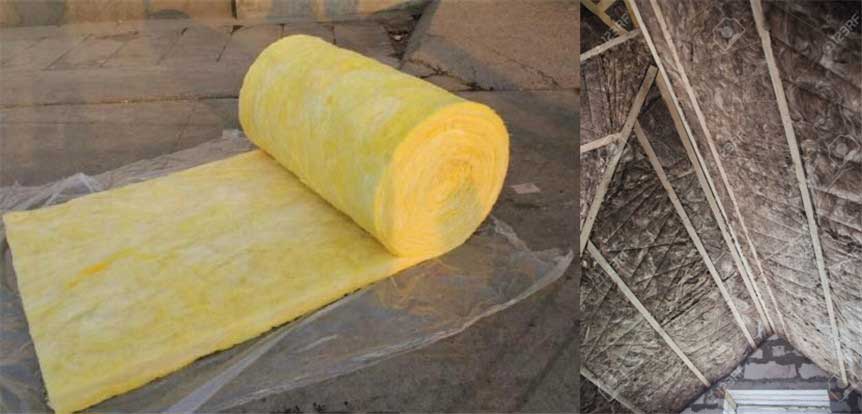
- HTIW and reach
Registration, Evaluation, Authorization and Restriction of Chemicals (REACH) is a regulation of the European Union on December 18, 2006. REACH involves the production and use of chemical substances and their potential impact on human health and the environment. Each HITW has established a Substance Information Exchange Forum (SIEF). AES, ASW and PCW have been registered before the first deadline on December 1, 2010, so they can be used in the European market.
In accordance with EU Regulation (EC) No 1907/2006 on the Registration, Evaluation, Authorization, and Restriction of Chemicals (REACH), issued on December 18, 2006, manufacturers are required to comply with: Importers and sole representatives of non-European manufacturers are required to register. During the process, data on potential health and environmental hazards are shared and provided to the European Chemical Agency (ECHA).
ASW/RCF, AES and PCW will use the joint registration dossier to register before the first deadline of December 1, 2010. Therefore, they can be used on the European market. The registration process requires manufacturers and importers of 1 ton/year substances to reach an agreement on the classification, labelling and use of ASW/RCF, AES and PCW.
REACH and CLP regulations are based on the principle of industry self-classification; however, the previous unified classification of substances contained in Annex 1 of Directive 67/548 is still valid and has been transferred to CLP Annex VI. The classification in Annex VI of the CLP Regulation is mandatory; the industry must assess whether additional/stricter classifications can be applied.
- ASW/RCF is therefore classified as a 1B carcinogen
- Based on the results of short-term in vitro studies, AES is exempt from the classification of carcinogens
- PCW is not classified; self-classification draws the conclusion that PCW is harmless
On January 13, 2010, some aluminium silicate refractory ceramic fibers and zirconia aluminium silicate refractory ceramic fibers were included in the candidate list of “substances of high concern”. In response to concerns about definitions and archives, we posted two other archives on the European Environmental Hygiene Agency website for comments. As a result, two more archives were added to the shortlist. This actual situation (four entries for a substance/group of substances) violates the expected REACH procedure. Apart from this situation, the concerns raised during the two consultations are still valid.
Regardless of the concerns raised, after a substance is included on the candidate list, manufacturers, importers and suppliers of articles containing the substance at a concentration higher than 0.1% (w/w) shall immediately fulfil the following legal obligations:
- Notice to Article 7 of ECHA-REACH Regulation
- Provision of Safety Data Sheet-Article 31.1 of REACH Regulation
- Responsibility for communicating safe use information or responding to customer requirements-Article 33 of REACH Regulation
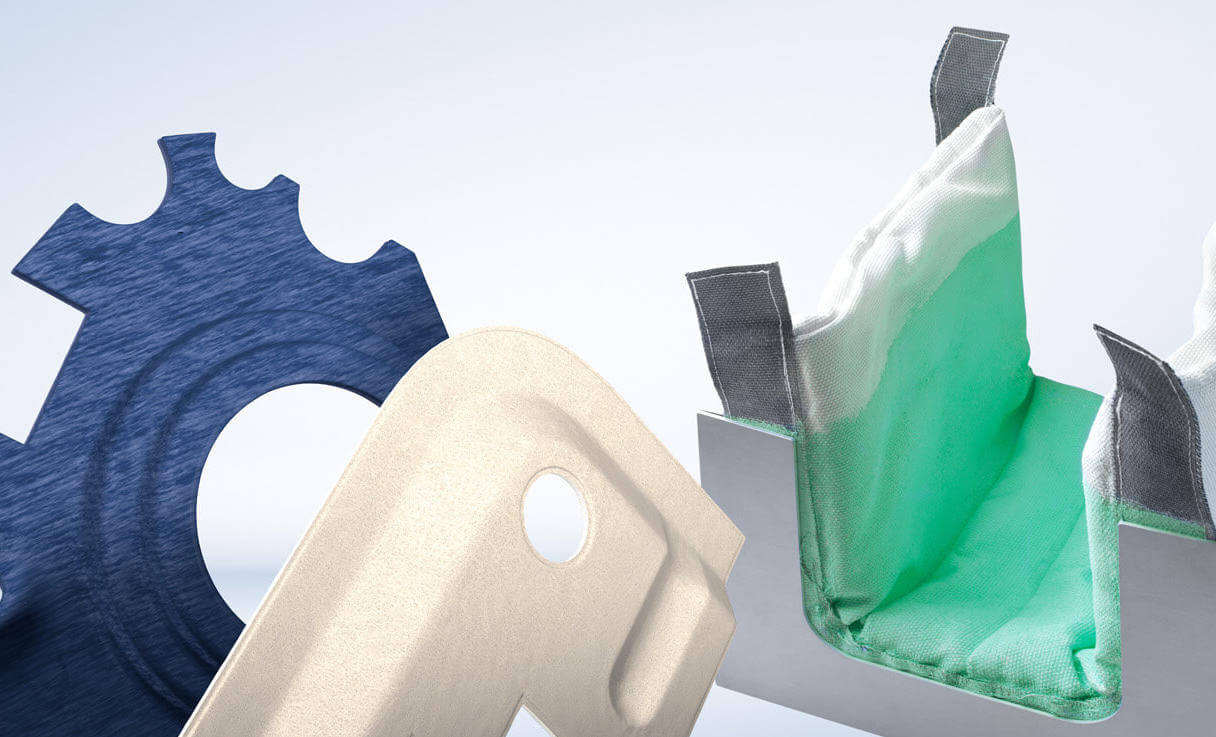
4. Definition
- Classification temperature
The classification temperature is defined as the temperature at which the linear shrinkage rate does not exceed 4% after heat treatment in an electrically heated laboratory oven and a neutral atmosphere for 24 hours. Depending on the type of product, this value must not exceed the following limits: 2% for cardboard and formed products, 4% for cushions and paper.
The classification temperature is specified in 50°C steps (from 850°C to 1600°C). This temperature is not a continuous working temperature. In the field, the continuous application temperature of amorphous HTIW (AES and ASW) is usually 100-150°C lower than the classification temperature. Products made of polycrystalline wool can generally reach the grading temperature.
- wool
Wool is an orderly pile of fibers of different lengths and diameters. HTIW fits this definition and is therefore covered by the term “wool”. Amorphous AES and ASW are obtained by melting raw materials in a furnace using resistance smelting. During the blowing or spinning process, the melt jet ejected from the crucible is accelerated and drawn into fibers of different length/diameter ratios.
Continuous fiber/textile glass fiber (VDI 3469 Part 1)
These fibers are produced through a continuous filament process with a nozzle diameter determined, and all fibers have a technically prescribed and required diameter. During processing, only fibers of a given diameter but of different lengths are released.
- Health hazard
Fibrous dust
Based on all human experience and scientific research (animals, cells) findings, it can be concluded that every kind of elongated dust particles may in principle lead to the development of tumors, provided that they are long enough, Thin and bio-persistent. According to scientific results, inorganic fiber dust particles with an aspect ratio of more than 3:1, a length of more than 5 μm (0.005 mm) and a diameter of less than 3 μm (WHO fiber) are considered to be hazardous to health.
The processed product contains fibers of different diameters and lengths. When handling HTIW products, fibrous dust will be emitted. These include fibers that meet the WHO definition. The quantity depends on how the material is handled. High concentrations are usually found during the removal of high-temperature tungstate after use, as well as during mechanical finishing activities and component assembly.
When fiber products are worn by sawing, sand, routing or other mechanical processing machinery, if not controlled, the fiber concentration in the air will be very high. Dust release can be further improved by the intensity of energy applied to the product, the surface area to which the energy is applied, and the type, quantity, and size of the material being processed or processed. The dispersion or dilution of the generated dust depends on the pollution source and the degree of restriction of the work area, as well as the existence and effectiveness of exhaust ventilation.
Crystalline silica
amorphous HTIW (AES and ASW) is produced by a flow of molten glass, which is atomized by a high-pressure air jet or by letting the flow hit a rotating wheel. The droplets are sucked into the fiber; the mass of the fiber and the remaining droplets cools very quickly, so it is impossible to form a crystalline phase.
When amorphous HTIW is installed and used in high-temperature applications (such as industrial furnaces), at least one side may be exposed to conditions that cause partial decrystallization of the fiber. Depending on the chemical composition of the glass fiber and the time and temperature at which the material is exposed, different stable crystalline phases may be formed.
After use, the HTIW crystalline quartz crystal is embedded in a matrix composed of other crystals and glass. Experimental results on the biological activity of high-temperature tungsten after use did not show any dangerous activity that may be related to any form of silica that they may contain.
Up until the 1990s, ceramic fiber wool (HTIW) was also called high temperature insulating wool (HTIW). It is one of several synthetic mineral types of wool and is generally defined as temperature resistance Wool above 1000°C. Originally called refractory ceramic fiber, aluminium silicate fiber became popular in the 1950s.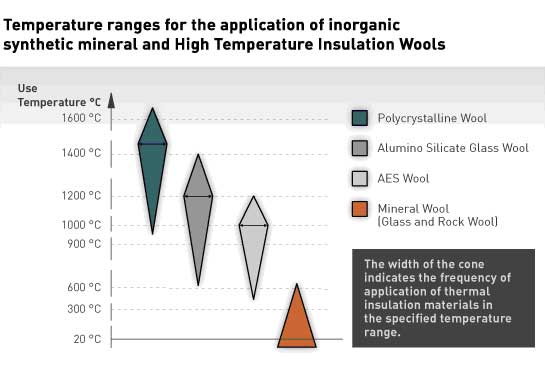
Compared with mineral wool, HTIW products are almost only used in high-temperature industrial applications and processes due to high production costs and limited availability.


